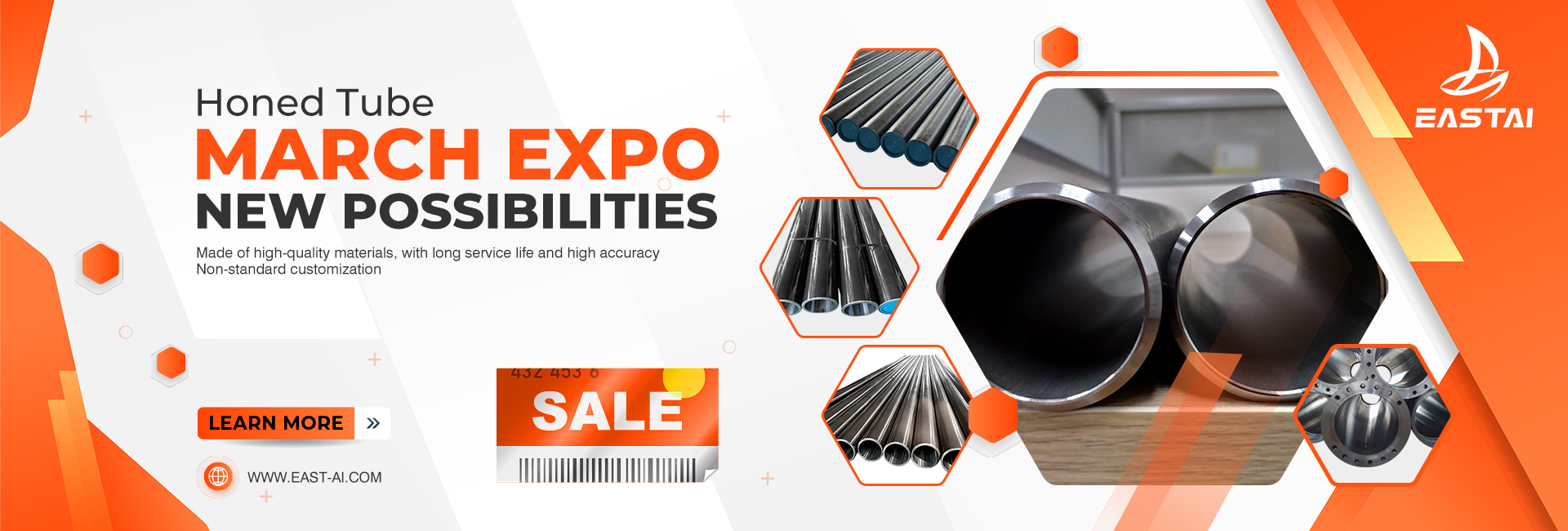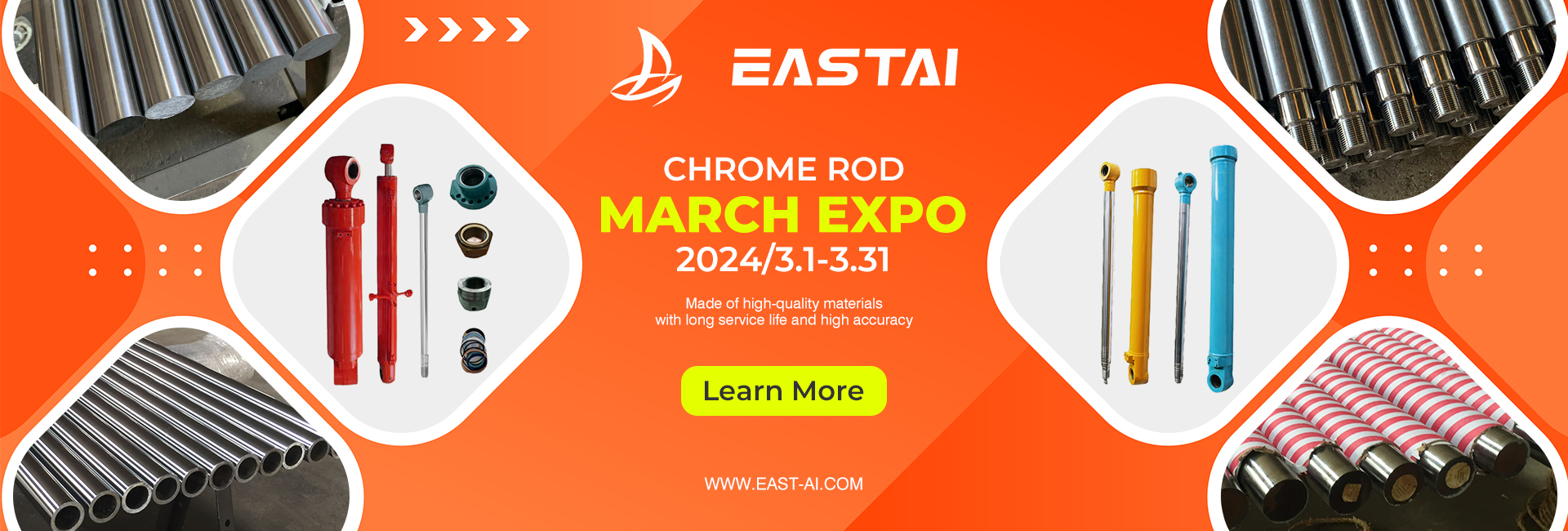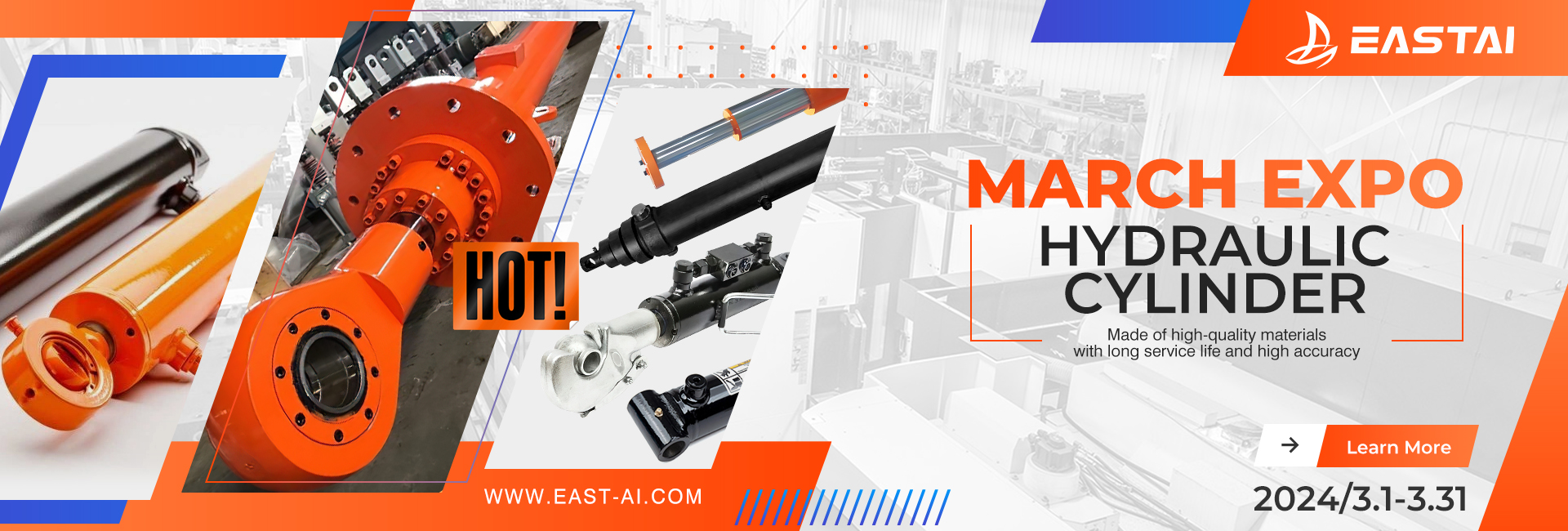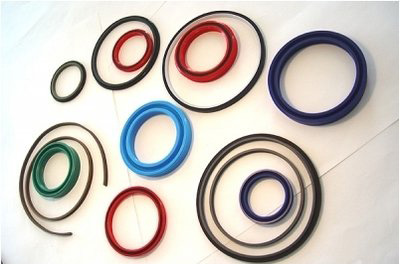Hydraulic Seals: Essential Components for Fluid Power Systems
Hydraulic seals are critical components in fluid power systems, ensuring leak-free operation and protecting against contamination. They are used to seal the interface between two surfaces, such as the cylinder rod and gland, in hydraulic systems. This helps maintain pressure, prevent fluid leakage, and keep out dust, dirt, and other contaminants that could damage the system.
There are several types of hydraulic seals, each designed to meet specific pressure, temperature, and media compatibility requirements. Some common types include O-rings, piston seals, rod seals, wiper seals, and rotary seals. O-rings are the simplest and most commonly used type of hydraulic seal and are used to seal between static and dynamic components in a fluid power system. Piston seals are used to prevent fluid leakage around the piston, while rod seals are used to prevent fluid leakage along the rod. Wiper seals are used to clean contaminants from the rod as it moves in and out of the cylinder, while rotary seals are used in rotary applications to prevent fluid leakage around the shaft.
Hydraulic seals are made from a variety of materials, including elastomers, polyurethane, fluorocarbons, and thermoplastics. The choice of material depends on the operating conditions of the system, including temperature, pressure, and chemical compatibility. Elastomers are flexible materials that are often used in hydraulic seals and provide good sealing performance and abrasion resistance. Polyurethane is a rigid material often used for its excellent wear resistance, while fluorocarbons are used for their excellent chemical resistance. Thermoplastics are used in seals that require good dimensional stability and low compression set.
Installation of hydraulic seals is an important consideration to ensure proper operation and longevity of the system. Proper installation requires proper tools and techniques, including proper seating and lubrication. Seal systems that are not properly installed can experience leaks, premature wear, and other problems that can be detrimental to the system.
Hydraulic seals are essential components in fluid power systems, providing leak-free operation and protection from contamination. Different types of seals are designed to meet specific requirements and are manufactured from a variety of materials to meet different operating conditions. Proper installation is critical to the longevity and proper operation of the system. Regular maintenance and replacement of seals as needed can help extend the life of the system and prevent costly repairs or replacement of components.
It’s also important to choose the right hydraulic seal for your system. The right seal depends on several factors, such as the type of fluid used, operating temperature, operating pressure, and the size and shape of the components being sealed. It is also important to consider the type of motion involved in the system, such as linear or rotary motion, as this can affect the type of seal required.
When selecting a hydraulic seal, it is important to work with a reputable supplier who can provide expert advice and assistance. The supplier should be able to provide data sheets and technical information on the seals they offer, including operating temperature and pressure limits, chemical compatibility, and performance characteristics. They should also be able to provide guidance on seal installation, maintenance, and replacement.
Regular maintenance and inspection of hydraulic seals is essential to ensure system longevity and reliability. This includes regularly inspecting seals for wear or damage and replacing seals as needed. It is also important to periodically check the fluid level and quality in the system and replace the fluid as needed. Regular cleaning of system components and proper storage of the system when not in use can also help extend seal life and protect against contamination.
Hydraulic seals are critical components in fluid power systems, providing leak-free operation and protection from contamination. Proper selection, installation and maintenance of hydraulic seals is essential to ensure system longevity and reliability. When selecting a hydraulic seal, it is important to work with a reputable supplier who can provide expert guidance and support. Regular maintenance and inspection of seals, along with proper care and storage of the system, can help extend the life of the system and prevent costly repairs or replacement of components.
Post time: Feb-07-2023





